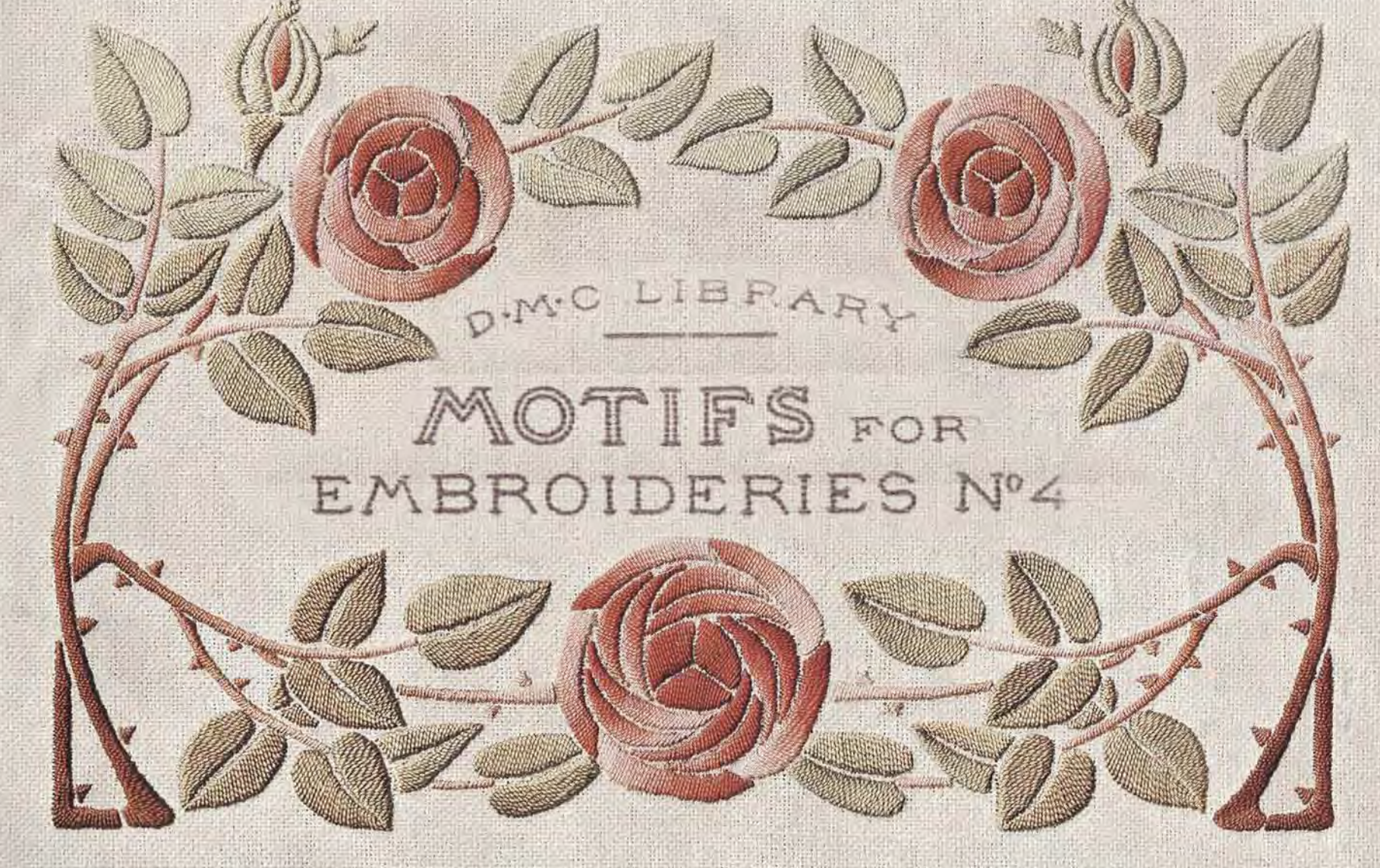Heat Away Stabilizer Review
Have you ever used a heat away stabilizer? I barely knew they existed when I wrote my previous stabilizer post, so I put it on my list of things to try out.
To be honest, I find stabilizer choices to be overwhelming. Cut away, tear away, wash away, tear AND wash, sticky backed or not – oh, wait, what’s the difference between clear and white wash away? I end up glazed over from too many choices, fending off a helpful salesperson determined to sell me a giant roll of sticky backed tear away that’s the one thing I’m sure I don’t want, and grab whatever looks most like the last one I used. Better yet, I buy a really big bolt wholesale so I don’t have to buy it again for a good, long time.
So while I wanted to see what a heat away stabilizer was all about, it took me a while to get around to finding and trying one. I ended up with a bolt of Sulky Heat Away*, which is a clear plastic, smooth on one side and slightly bumpy on the other.
Sewing with something that feels like plastic takes some getting used to. It’s not as crinkly feeling as some of the wash away films, but not as solid as plastic sheeting. It’s more like plastic that items get shrink wrapped in for shipping, but a bit heavier.
Thankfully, it’s not very slippery, so hooping it is pretty easy. I did find I could spray it lightly with temporary adhesive*, which helped hold it to my fabric without leaving residue behind after melting it. It wasn’t as tacky as spraying fabric or the white wash away I usually use, but it did the job.
After that, it’s pretty simple. Using the hottest setting your fabric will allow, but no steam, rub your iron back and forth over the stabilizer. It seems to melt best when it’s in direct contact with the metal, so I used the tip of the iron to get into the smaller areas. As it melts, it curls up into little beads.
One drawback was that anywhere there was an extra knot of thread, the plastic melted around the knot and had to be trimmed away. I was using a bulky wool thread, so that meant a fair bit of trimming. Everywhere else, I was able to brush it away by rubbing firmly with the palm of my hand. Despite my best efforts with the iron, a small amount of stabilizer lingered in the tightest areas of the design, but didn’t affect the hand of the fabric at all.
Note: Check the instructions that come with the product you buy!! The Sulky Heat Away stabilizer I used is not recommended for high pile fabrics because it can stick, which makes sense after seeing it stick to the knots on the back of my piece.In contrast, the Weidner brand of Melt Away* specifically recommends it for topping sweatshirts and terry fabrics. Some brands describe their product as turning light brown and being able to be brushed away like ash. I’d like to find some of the Gunold Thermogaze Gauze to see if it’s less of a plastic and more like a sheer non-woven fabric. There is obviously wide variation in how the product works.
Pros:
- Fast – saves washing and drying time compared to wash away stablizers
- Great for fabrics you can’t wash, like silk or velvet (but test heat settings first!)
- Perfect for small areas, such as stabilizing buttonholes while you sew
Cons:
- Temporary spray adhesives may be less effective with this stabilizer
- May not completely disappear in small areas of design, which would be a problem on items like a sheer scarf that would be seen from both sides
- If you have a sheer or wiggly fabric that would benefit from a spray stabilizer that you’ll be washing out, using a heat away stabilizer won’t save you a step
Overall, I like the heat away stabilizer and will start using it more. Do you think you’ll give it a try? Let me know what you think in the comments.
*Some of the links above are affiliate links, meaning, at no additional cost to you, I will earn a commission if you choose to make a purchase. I only recommend products or services I use personally and believe will add value to my readers. If you want to see a full list of the products I use, check out the Products I Love page.





 Previous Post
Previous Post Next Post
Next Post
